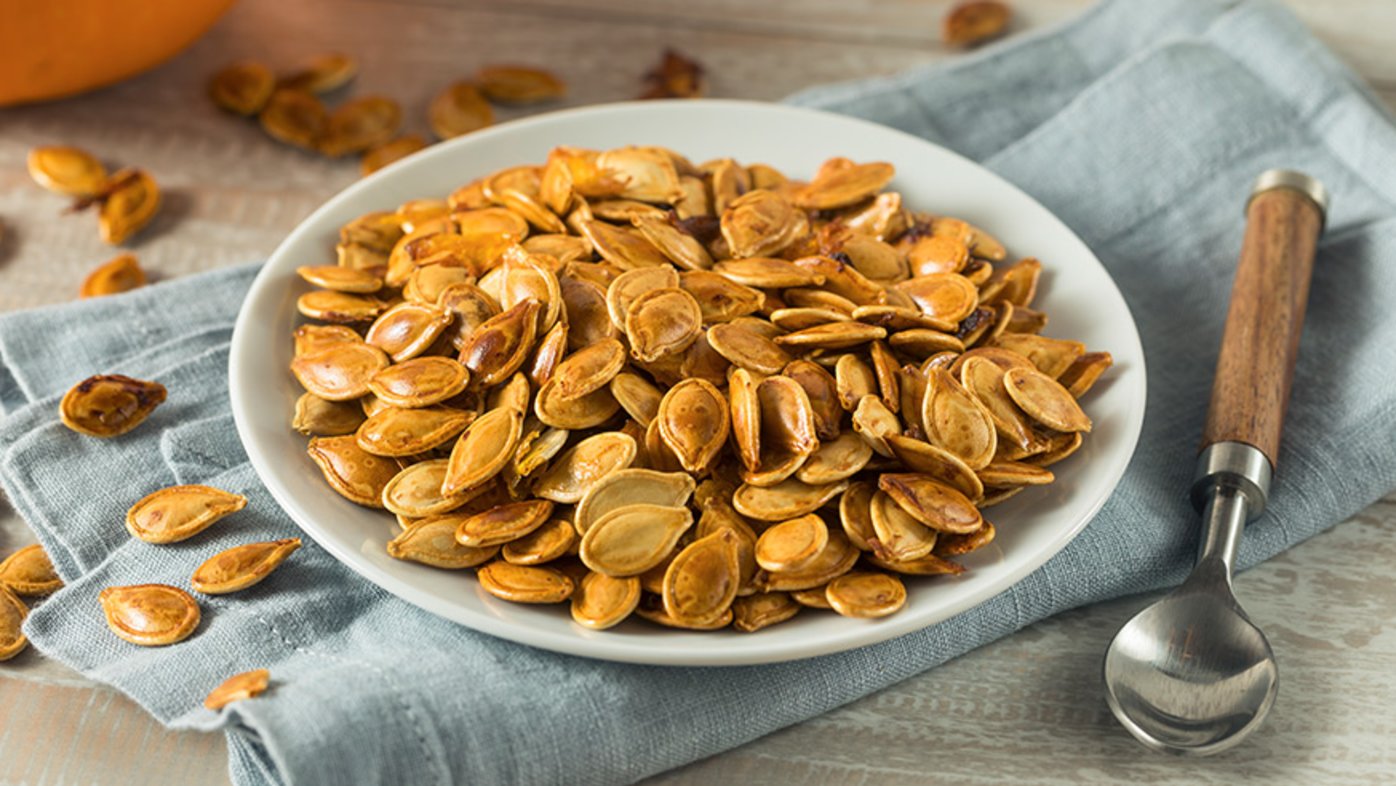
Health benefits of pumpkin seeds
Pumpkin seeds are loaded with the nutrients our bodies need.
Eating fresh fruits and vegetables is healthy. But they can pick up dirt and bacteria during the journey from farm to kitchen.
Should all fruits and vegetables be washed before eating? How about “prewashed” lettuce from the grocery store — should that be washed again at home? And what’s the proper way to wash produce to make sure it’s safe to eat?
Lindsay Yau, a registered dietitian nutritionist at Sharp Rees-Stealy Medical Centers, shares seven tips on how to properly wash and prep fruits and vegetables before eating:
Wash your hands first.
Before handling fresh produce, make sure your hands are clean. Wash hands with soap and warm water for at least 20 seconds (or sing the “Happy Birthday” song twice). Doing this before washing produce is an effective way to remove bacteria present on your hands and helps prevent germs from spreading.
Skip the soap or detergent.
The U.S. Centers for Disease Control and Prevention (CDC) recommends gently rubbing produce while holding under running water. No soap or detergent is needed to wash produce, as these cleaning products aren’t made for consumption.
Use a clean knife.
Use a clean knife to cut washed fruits and vegetables. Washing produce before cutting it helps prevent transferring dirt and bacteria to the edible parts. If you peel fruits and vegetables, wash them first so bacteria isn’t transferred from the outside of the produce to the inside as you peel.
Use a brush.
Use a clean vegetable brush to scrub firm produce, such as melons, cucumbers and potatoes, to help remove any bacteria.
Take extra care with leafy vegetables.
Remove the outermost leaves of a head of lettuce or cabbage before washing. Rinse loose leaves under running water in a colander, shake them around and then repeat. However, if leafy greens are labeled as “prewashed” or “ready-to-eat,” there’s no need to wash or rinse again before cutting, cooking or eating.
Pat dry.
After washing fruits and vegetables with water, pat them dry with clean paper towels or a clean dish towel. Drying produce can further eliminate any lingering bacteria. To remove excess water from salad greens, use a salad spinner or paper towels to dry the leaves.
Don’t wash too soon.
The best time to wash fruits and vegetables is right before they’re eaten or cooked, not when they’re brought home. Rinsing produce before storing in the refrigerator can promote bacterial growth, as well as cause fruits and vegetables to spoil faster if the skin is damp. Also, bacteria can grow on washed produce if it’s not properly stored.
“Washing fresh produce will help decrease the likelihood of contamination from bacteria and also help remove dirt,” says Yau. “It’s part of the food safety knowledge that households should be aware of when preparing meals and snacks at home.”
Our weekly email brings you the latest health tips, recipes and stories.